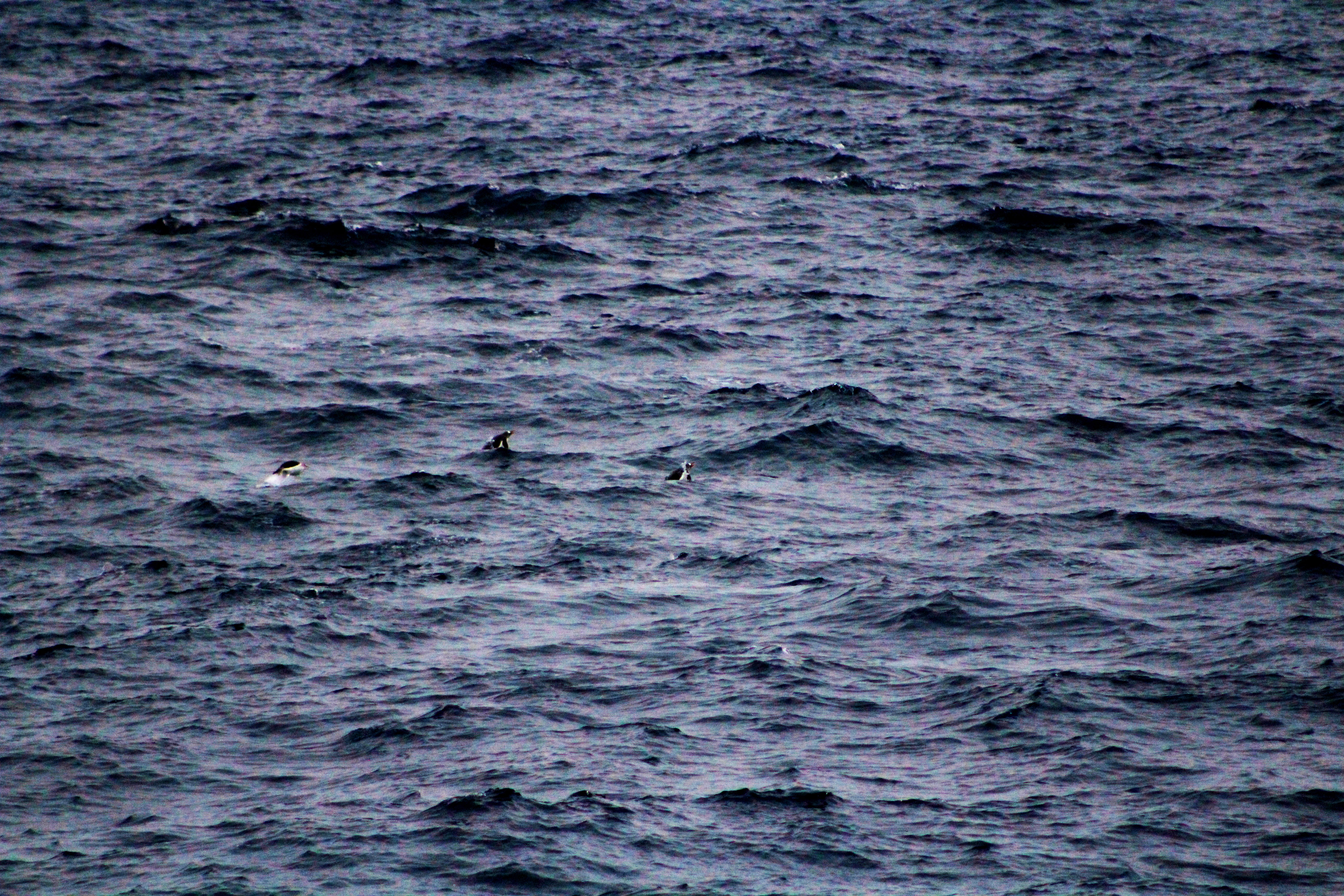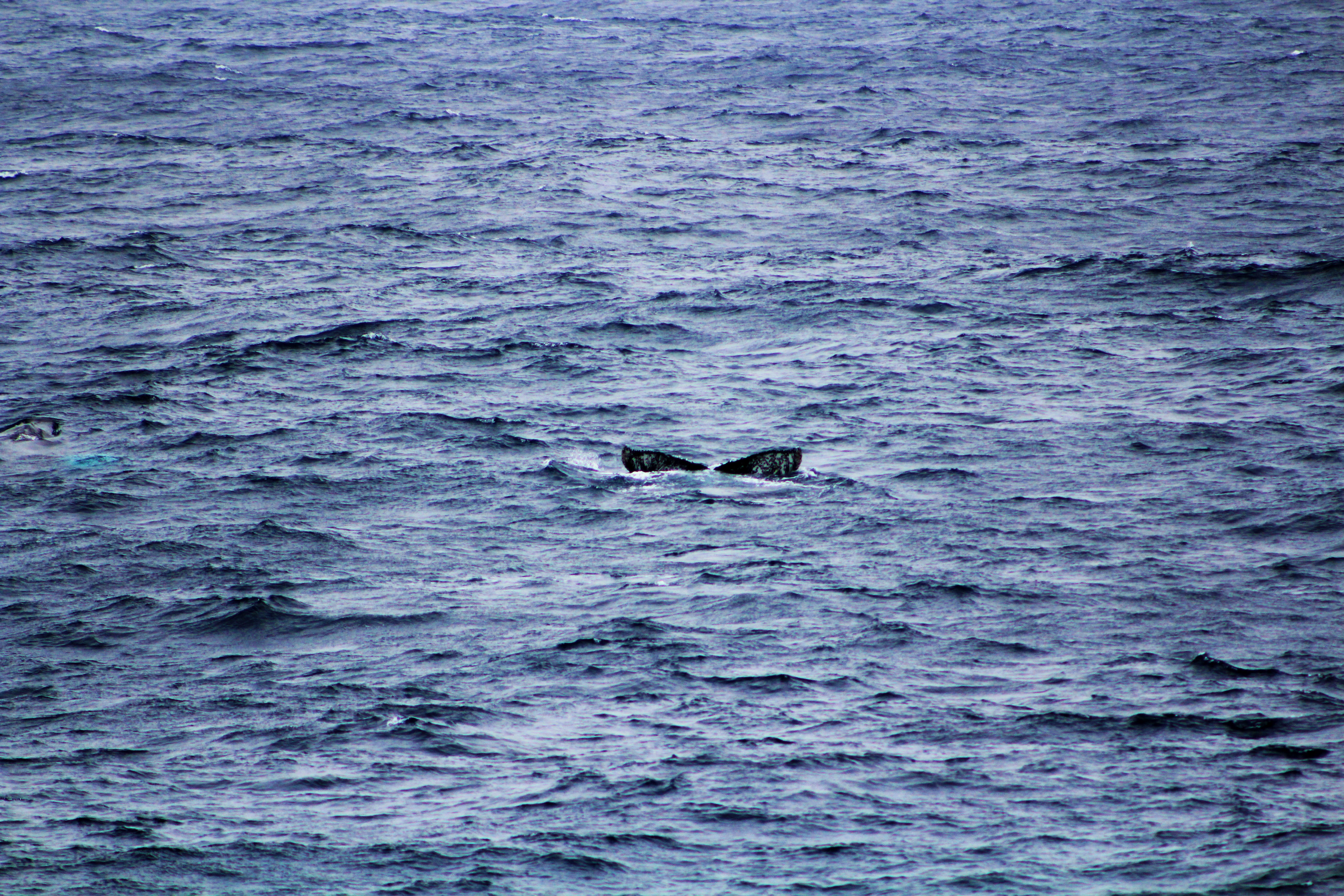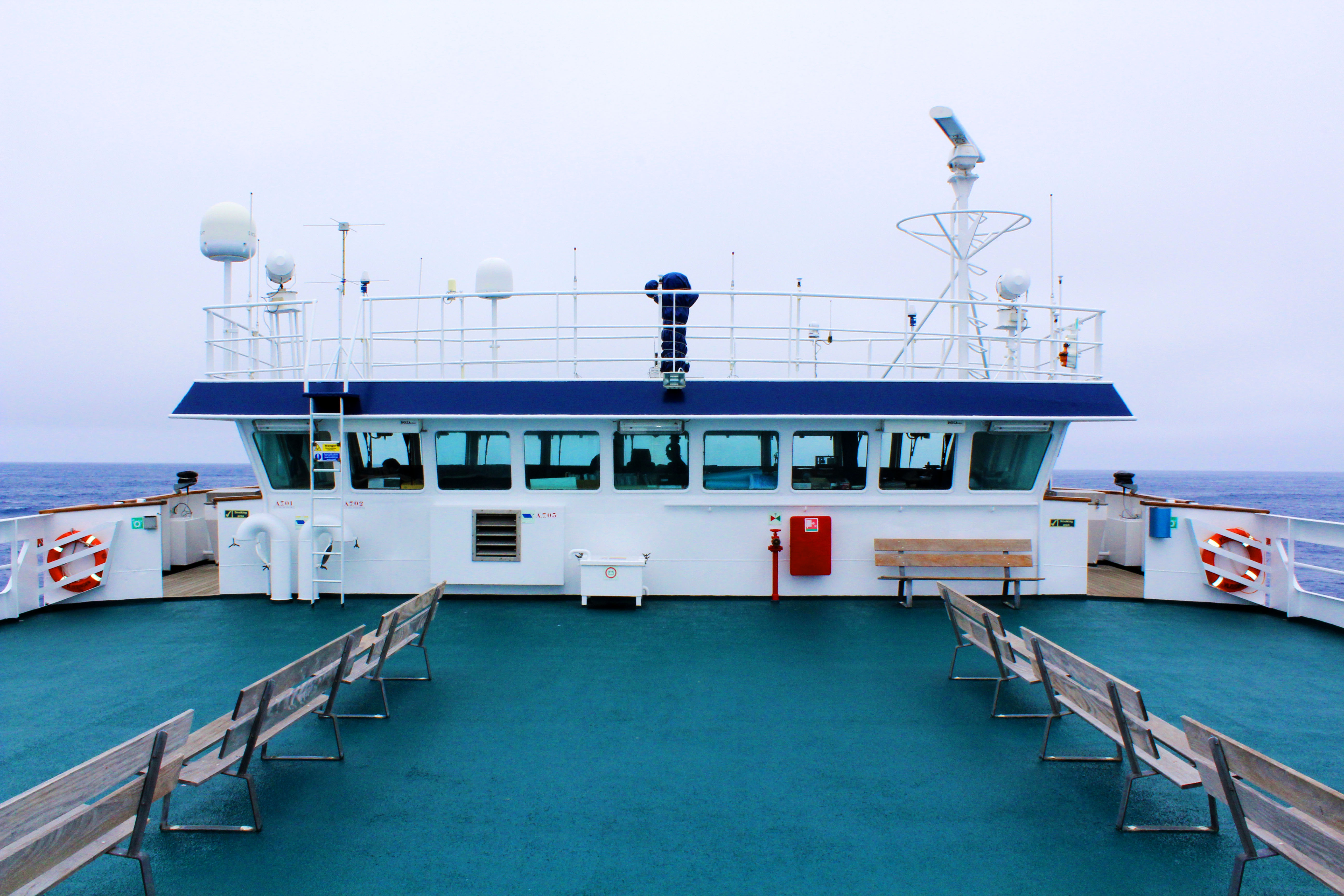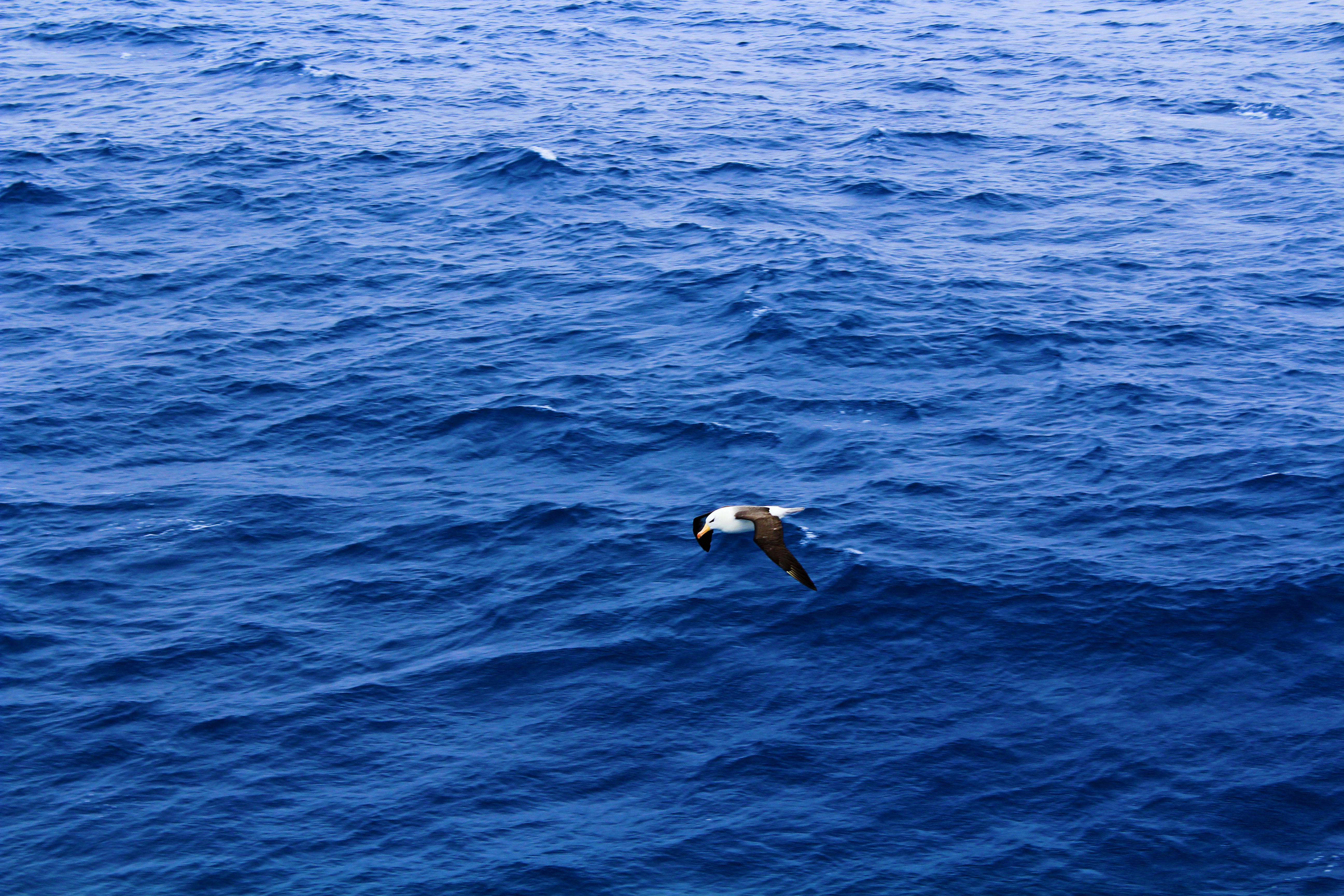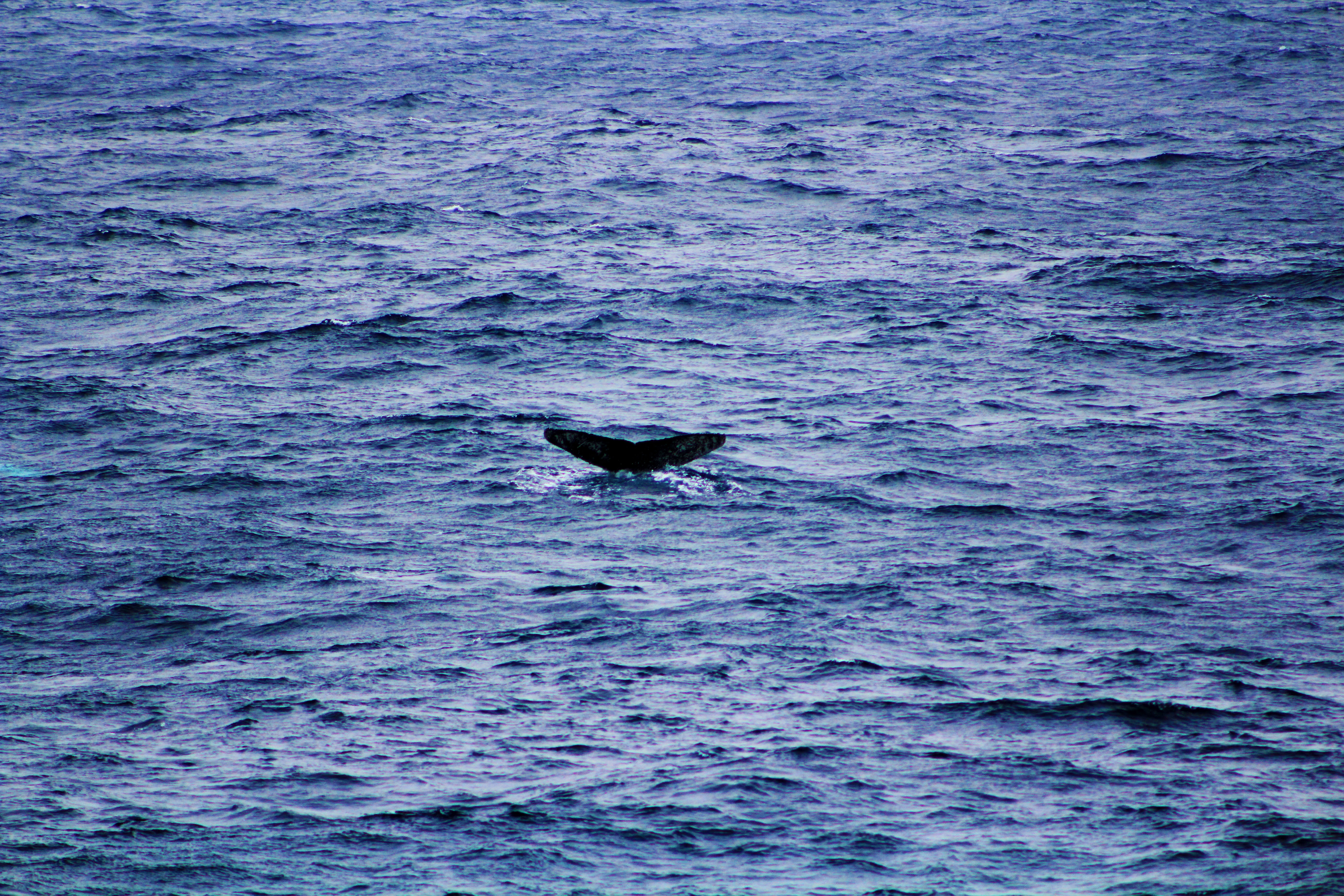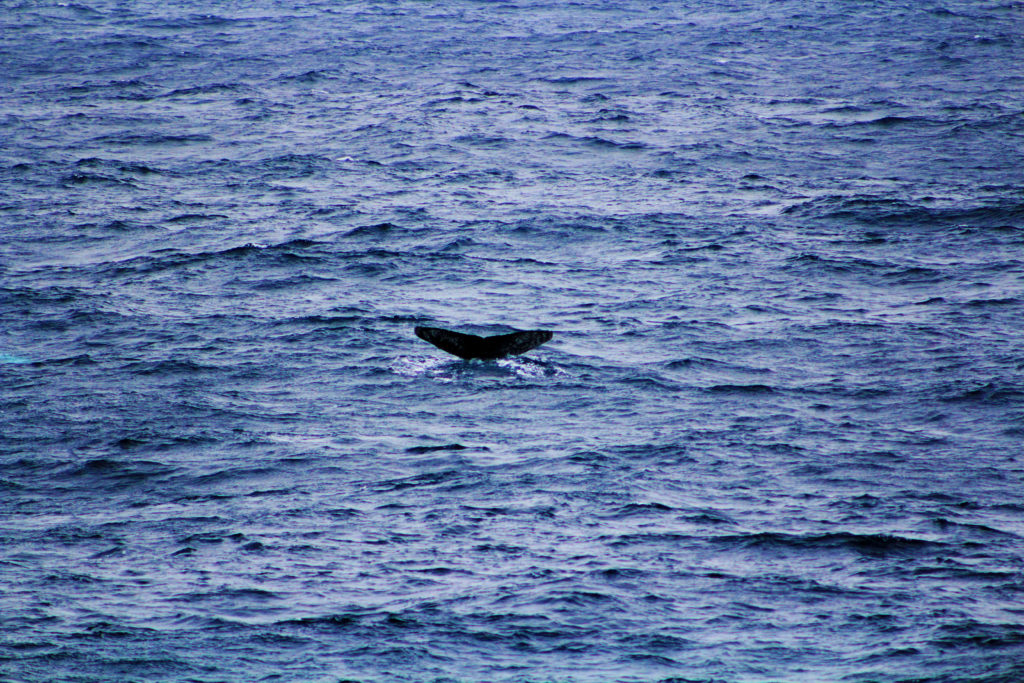
Day 1 – Ushuaia and Beagle Canal
Rough start to the trip… After picking up my cold-weather gear at 9:00am I headed down to the main street in Ushuaia to try and find a luggage drop-off location at the address: 810 Maipú. It wasn’t there. I ran into a number of other passengers on this expedition who also could not find the drop-off. I asked a local post office employee where it was and he told me the address did not exist!!! Of course thinking that the whole thing was a fraud, a group of us eventually found the place, dropped off our bags and played a 5 hours waiting game before we could board the ship.
4:00pm was the moment I had been waiting for since February 2016 when I booked this trip. The ship looked like a mix between a military ship and a cruise ship, and entry into it confirmed that this would be no cruise; rather, a proper expedition! The 4-bed cabin I shared was cozy, to say the least, but of course the plan was to spend as little time there as possible.
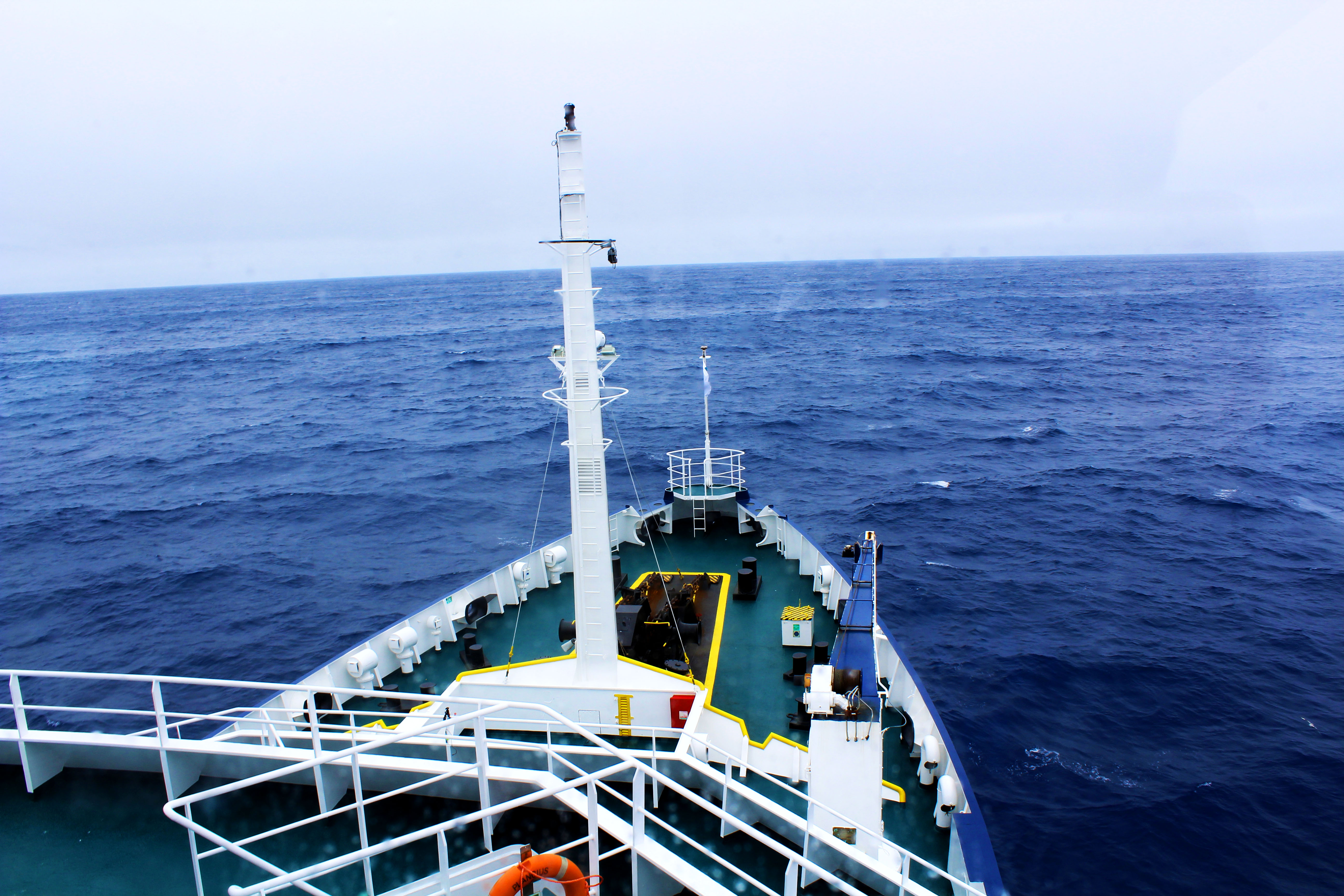
At 6:00pm we took off from the dock and may our way through the Beagle Canal towards the Drake Passage where we would spend our next two days until arriving at the Antarctic Peninsula. The evening was spent meeting the crew, hearing from the captain and having a champagne toast with him, and meeting the fellow passengers.
Little did I know, but of the 114 or so passengers on board, there were about 80 people dedicated to an ultra-marathon race called 4 Deserts!!! It is a 250km race run through deserts all over the world each year. The Antarctica race is called The Last Desert, it is held once every two years, and to qualify to enter it runners mush have successfully completed at least two of the other three races… it’s an astounding accomplishment and truly inspiring. So, basically, as we are doing expeditions around the Antarctic they would be running anywhere from 40km to 100km PER DAY!!! That’s basically 1 to 2 marathons a day… in Antarctica… Wild!
We hit the bed early enough and the conditions were still pretty calm. At about 1:00am in the morning we hit the Drake Passage and I woke up as the ship started “rolling”, or moving side-to-side. There was the potential for the next two days being pretty rough, but I managed to get back to sleep.
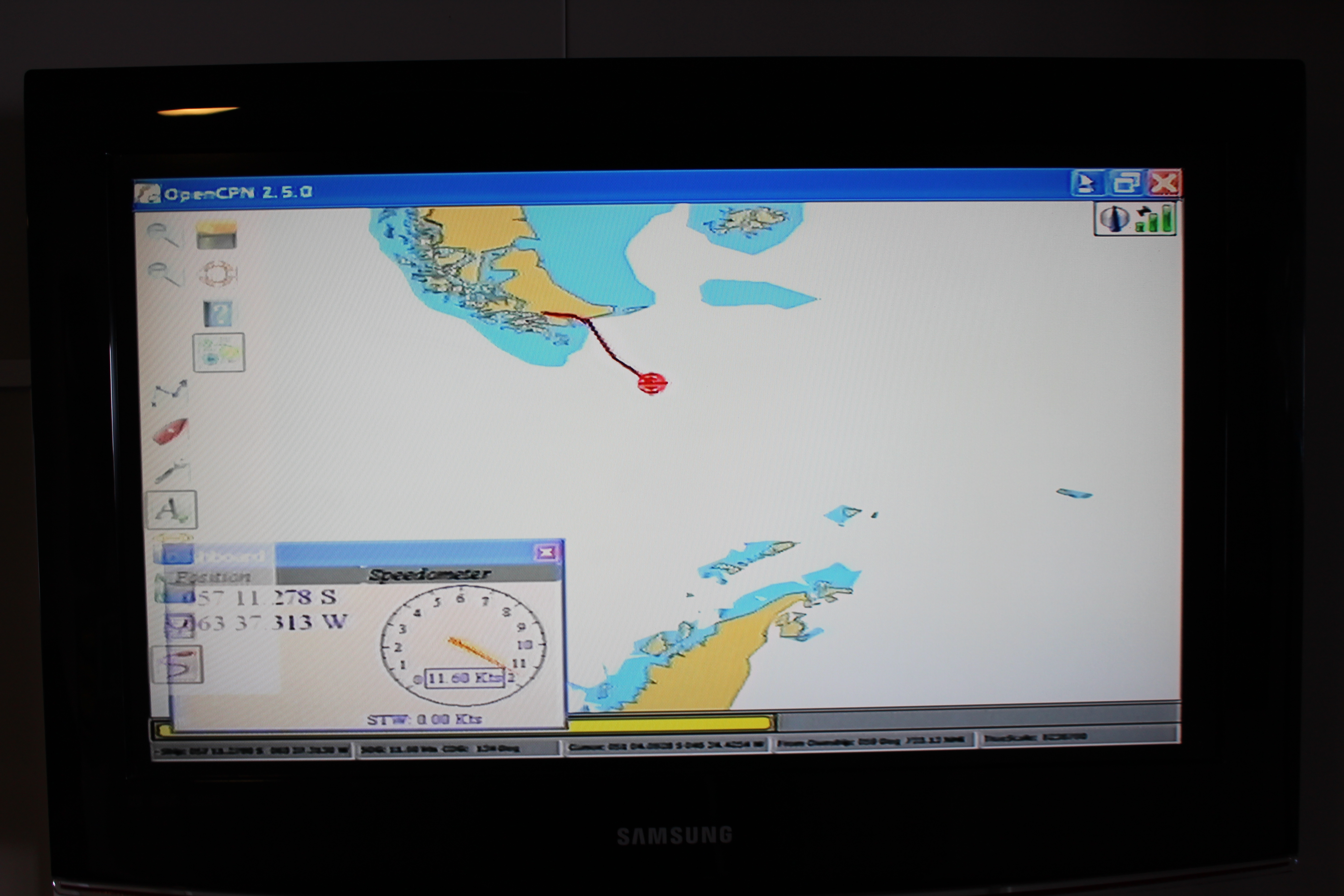
Days 2 and 3 – Drake Passage
At 7:30am there was an announcement on the P.A. system waking us up and letting us know that breakfast would be ready in 30 minutes. There was also a computer screen in our room telling us all about the day’s activities. Both were greatly appreciated, but I did feel hints of 1984 happening right before my eyes.
The weather on the Drake Passage was pretty good, and while the ship did roll it was not very extreme. Over these two days we got very lucky and the weather stayed quite good. Under these conditions the crew called the Drake Passage the Drake Lake. I experienced almost no sea-sickness, but a handful of people did, especially on our first day crossing the passage. Many people had patches, pills, and wrist bands all aimed at easing motion sickness, but I managed just fine without any of these.
Along the way we saw a solitary Blue Whale in the distance. They are, as you would imagine, enormous. I later learned that they typically travel solo. On the second day a school of Humpback Whales which got very curious and playful about our boat. There must have been six of them, one breached the water, and we saw their tails coming out of the water. In a follow up meeting we learned that the Humpback typically travels in groups, they have a strong social system, and that they are called “humpback” not because they arch their back when they come up for air but because there is a little hump on their back which their dorsal fin comes out of. We also saw penguins and loads of sea birds along the way.
In between meals, which were pretty solid, our days were spent in lots of group meetings in the lounge about safety, briefings about all of the expeditions were would be doing over the course of the trip, and talks about the wildlife we had seen throughout the day. We also learned about proper behavior for tourists visiting Antarctica. While I found some of the talks a little basic and less professional/scientific as I had been expecting, I did admire their commitment to maintaining the environmental integrity of the area.
